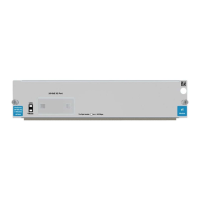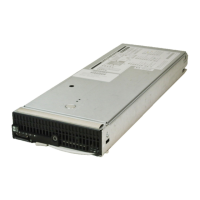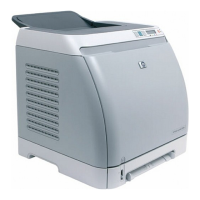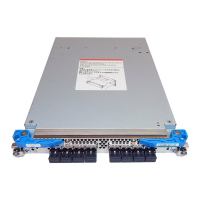Configuring for Network Management Applications
LLDP (Link-Layer Discovery Protocol)
■ able to use the following network policy elements configured on the
client port
• voice VLAN ID
• 802.1p (Layer 2) QoS
• Diffserv codepoint (DSCP) (Layer 3) QoS
■ discover and advertise device location data learned from the switch
■ support emergency call service (ECS—such as E911, 999, and 112)
■ advertise device information for the device data inventory collected
by the switch, including:
• hardware revision
• serial number
• asset ID
• firmware revision
• manufacturer name
• software revision
• model name
■ provide information on network connectivity capabilities (for
example, a multi-port VoIP phone with Layer 2 switch capability)
■ support the fast start capability
Note LLDP-MED on the switches covered in this guide is intended for use with VoIP
endpoints, and is not designed to support links between network
infrastructure devices, such as switch-to-switch or switch-to-router links.
LLDP-MED Endpoint Device Classes. LLDP-MED endpoint devices are,
by definition, located at the network edge and communicate using the LLDP-
MED framework. Any LLDP-MED endpoint device belongs to one of the
following three classes:
■ Class 1 (Generic Endpoint Devices): These devices offer the basic
LLDP discovery services, network policy advertisement (VLAN ID,
Layer 2/802.1p priority, and Layer 3/DSCP priority), and PoE manage-
ment. This class includes such devices as IP call controllers and
communication-related servers.
■ Class 2 (Media Endpoint Devices): These devices offer all Class 1
features plus media streaming capability, and include such devices as
voice/media gateways, conference bridges, and media servers.
13-55
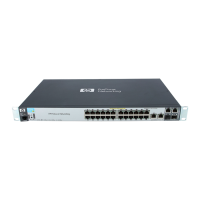
